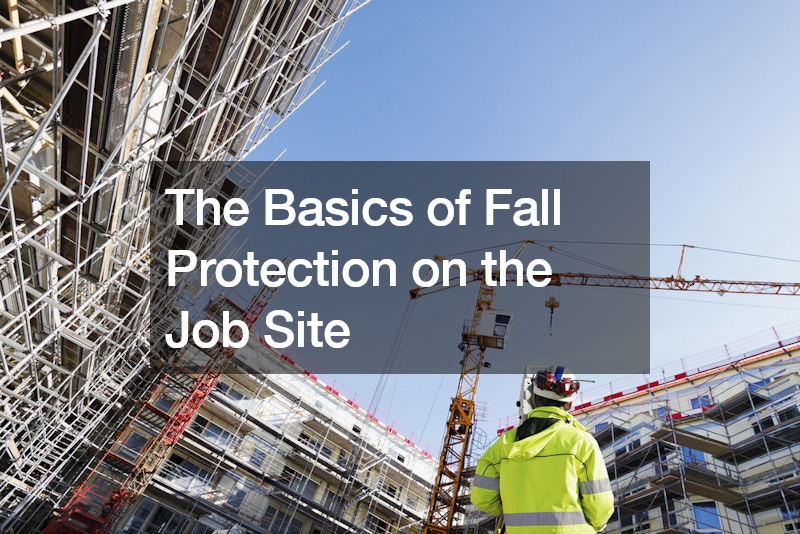The Basics of Fall Protection on the Job Site
Fall protection is a critical component of workplace safety, particularly in industries such as construction, manufacturing, and warehousing. The Occupational Safety and Health Administration (OSHA) sets stringent standards for fall protection to prevent accidents and injuries. Understanding these OSHA fall protection guidelines is the first step in ensuring a safe job site. Identifying Fall Hazards […]
